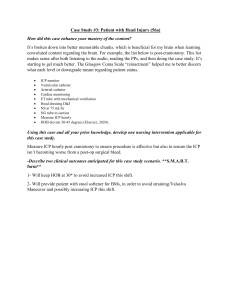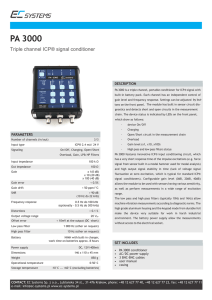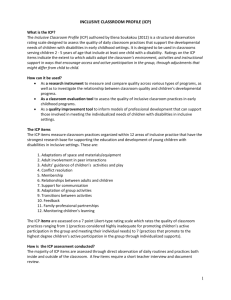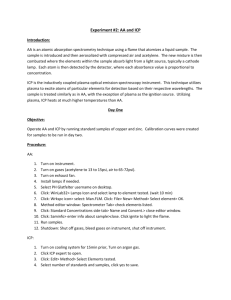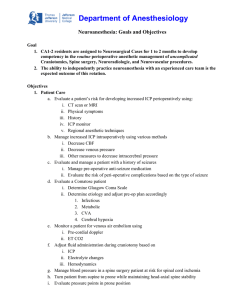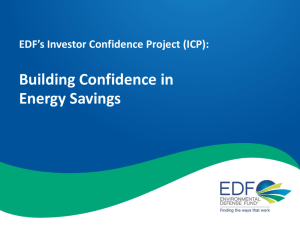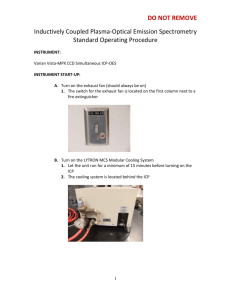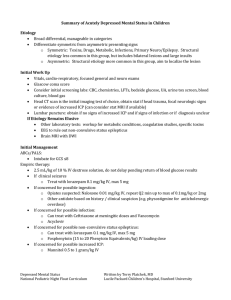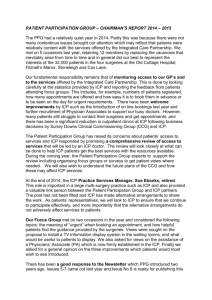View/Open
advertisement
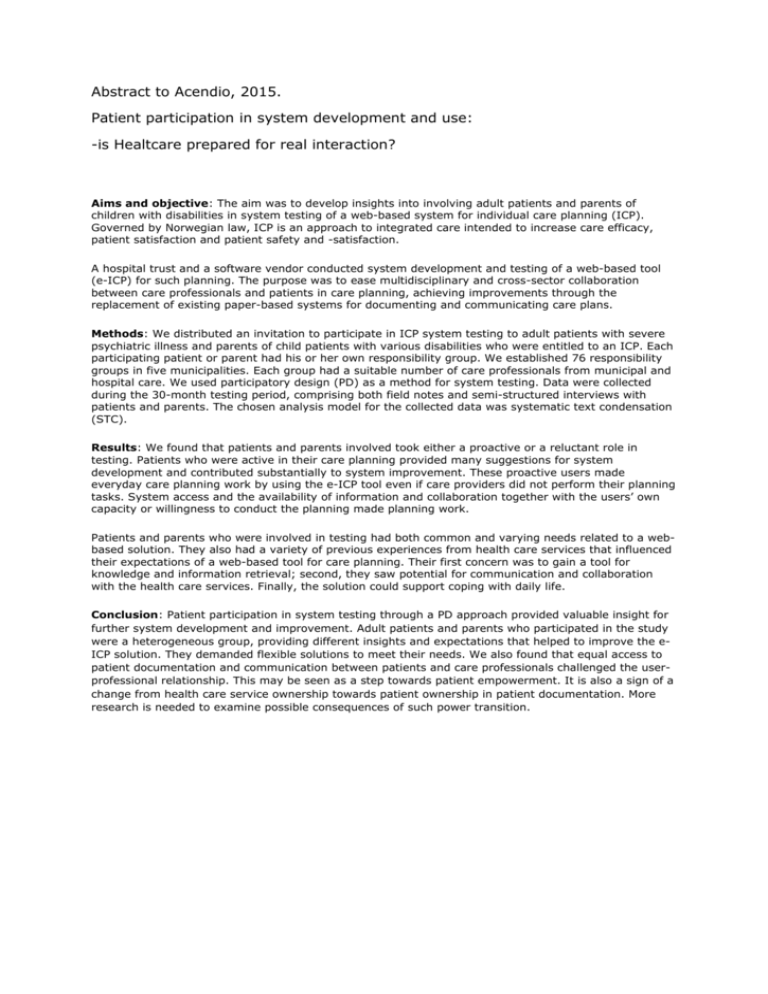
Abstract to Acendio, 2015. Patient participation in system development and use: -is Healtcare prepared for real interaction? Aims and objective: The aim was to develop insights into involving adult patients and parents of children with disabilities in system testing of a web-based system for individual care planning (ICP). Governed by Norwegian law, ICP is an approach to integrated care intended to increase care efficacy, patient satisfaction and patient safety and -satisfaction. A hospital trust and a software vendor conducted system development and testing of a web-based tool (e-ICP) for such planning. The purpose was to ease multidisciplinary and cross-sector collaboration between care professionals and patients in care planning, achieving improvements through the replacement of existing paper-based systems for documenting and communicating care plans. Methods: We distributed an invitation to participate in ICP system testing to adult patients with severe psychiatric illness and parents of child patients with various disabilities who were entitled to an ICP. Each participating patient or parent had his or her own responsibility group. We established 76 responsibility groups in five municipalities. Each group had a suitable number of care professionals from municipal and hospital care. We used participatory design (PD) as a method for system testing. Data were collected during the 30-month testing period, comprising both field notes and semi-structured interviews with patients and parents. The chosen analysis model for the collected data was systematic text condensation (STC). Results: We found that patients and parents involved took either a proactive or a reluctant role in testing. Patients who were active in their care planning provided many suggestions for system development and contributed substantially to system improvement. These proactive users made everyday care planning work by using the e-ICP tool even if care providers did not perform their planning tasks. System access and the availability of information and collaboration together with the users’ own capacity or willingness to conduct the planning made planning work. Patients and parents who were involved in testing had both common and varying needs related to a webbased solution. They also had a variety of previous experiences from health care services that influenced their expectations of a web-based tool for care planning. Their first concern was to gain a tool for knowledge and information retrieval; second, they saw potential for communication and collaboration with the health care services. Finally, the solution could support coping with daily life. Conclusion: Patient participation in system testing through a PD approach provided valuable insight for further system development and improvement. Adult patients and parents who participated in the study were a heterogeneous group, providing different insights and expectations that helped to improve the eICP solution. They demanded flexible solutions to meet their needs. We also found that equal access to patient documentation and communication between patients and care professionals challenged the userprofessional relationship. This may be seen as a step towards patient empowerment. It is also a sign of a change from health care service ownership towards patient ownership in patient documentation. More research is needed to examine possible consequences of such power transition.
